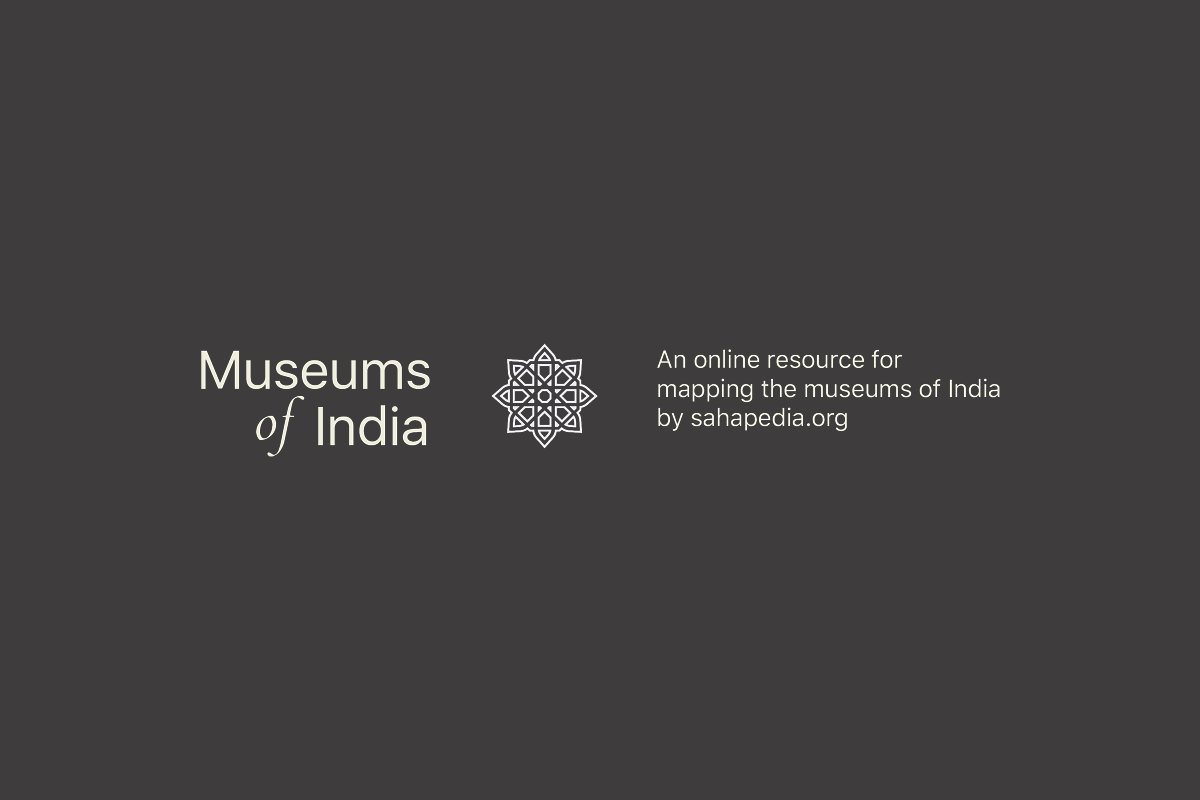The Human Anatomy Museum, a part of the Department of Anatomy of Andhra Medical College, was established in 1923. The displays are an exposition of the workings of the machine that is the human body.
A record written by Dr. R. K. Rau cites the importance of the two key exhibits at the museum viz. two hand-sculpted skeletons from the early nineteenth century made from ivory and sandalwood and kept in a rosewood almirah from the same era. Apart from being classified as anatomical artefacts, these skeletons could be displayed in art exhibitions because of the intricate craftsmanship involved.
Originally commissioned by King Serfoji of Tanjore, they were sold by his descendants after falling on hard times. Bought by an acquaintance of Dr. Rau for seventy five rupees, they were eventually purchased by Rau himself. They can be viewed along with other displays of anatomical importance at the Andhra Medical College.
The ivory skeleton, 5’6” in height and weighing 231 lbs (104.78 kg), reflects the ingenuity of the sculptor, who had carved it more than two centuries ago. It was procured from the famous Saraswati Mahal of Thanjavur, which was under the patronage of Rajah Serfoji (1798-1832). The skeleton is said to have been made between 1805 and 1810. Dr. R. Krishna Rau, a Professor in the Department of Anatomy between 1929 and 1946, who was instrumental in setting up the museum, had bought the ivory skeleton and a rosewood skeleton for a sum of ₹75. The 18th century skeleton has been drawing appreciation of not only experts in the medical field, but also the general public during exhibitions.
“The British are said to have paid ₹5 lakh to display it during an exhibition in London in 1970. The skeleton was taken in a specially made coffin and returned after about a week,” Dr. Ashalatha, Head of the Department of Anatomy, told The Hindu.
“In those days, there were several taboos in handling human bodies and skeletons, and Dr. Krishna Rau was said to have stayed back in the department for a few days on the arrival of the skeletons. Even today, some anatomy professors do not tell their family members that they handle dead bodies,” says Dr. K. Lakshmi Kumari, an Associate Professor of Anatomy. “The ivory skeleton is a masterpiece and is said to be one among the few in the world. No wonder, it was taken by ship all the way to London for display at an exhibition there. The ivory and rosewood skeletons are displayed at exhibitions, organised on special occasions,” says Dr. P.V. Sudhakar, Principal of AMC.
The museum signifies the efforts and dedication of the illustrious teachers, professors and HODs, particularly of AMC during the early days.
Prof. F.J. Anderson, who as Principal of AMC, gave full freedom to Dr. Krishna Rau in securing the unique collections.
The department was named after Dr. Krishna Rau on January 24, 1984 honouring his efforts.
- Sourced from https://www.thehindu.com/news/national/andhra-pradesh/anatomy-and-history-of-a-200-year-old-ivory-skeleton/article23448299.ece

